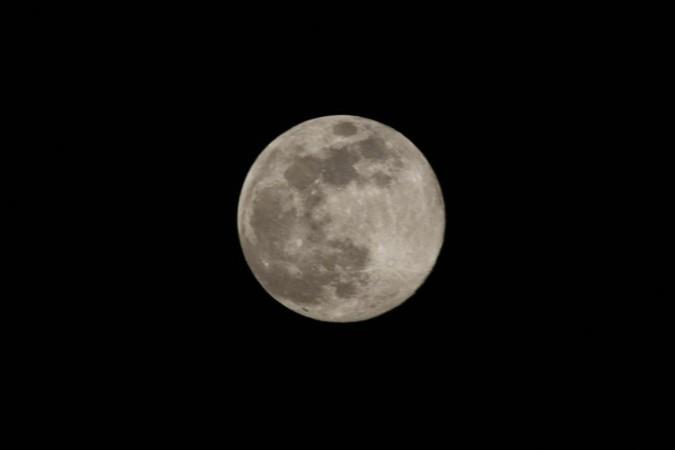Moon is the earth's only natural satellite, and the unique position of this space body has a direct impact on determining the existence of life on earth.
This space body also helps keep the Earth stay true to its axis, and also in its position in the solar system, relative to the Sun.

However, a new study has now suggested that the moon is slowly drifting away from earth, surprisingly, at an accelerated rate.
Researchers from National Radio Astronomy Observatory (NRAO) who conducted this study found that the moon is moving away from Earth at a rate of about 1.5 inches every year.
Even though this distance may seem quite small, the long-term impact it will create could turn significant.
According to experts, one of the biggest impacts of this lunar recession will be on the rotation of the earth. As the moon drifts away, the length of our days will gradually increase over time, and in a course of at least 50 billion years, a day on earth will be 15 times more than it is today.
Researchers also noted that about 2.46 billion years ago, the moon was about 60,000 kilometres closer to Earth than it is now.
Another effect that this lunar recession could create will be on tides. It should be noted that it is the gravitational pull of the Moon which causes the tides to rise and fall. As the moon drifts further away from Earth, the strength of this pull will decrease, which could ultimately create negative effects on human activities like fishing.

















